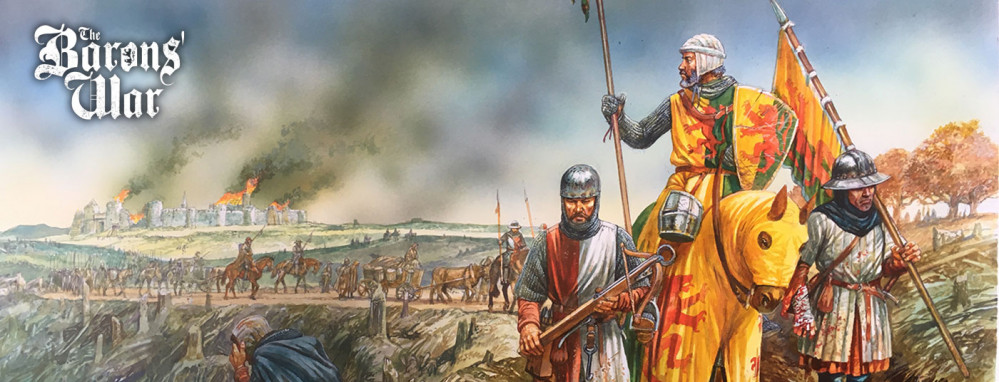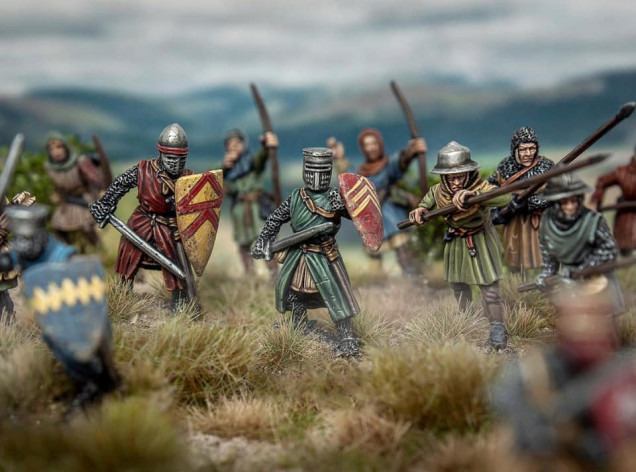
PanzerKaput Goes To Barons' War
Battles of Magna Carta, Part Four
1216-17: THE SIEGE OF DOVER CASTLE
Another epic and desperate siege of the castle by Prince Louis of France, and said to be the most momentous in all English history. The French king supported the unruly barons by sending his son and large forces. All aspects of siege warfare were employed and ultimately failed. Siege engines, mining and even bribery did not succeed, though the French did capture the barbican and undermined the gatehouse. The defenders rebuilt barricades and beat back the French.
1216-17: SANDWICH (LANDING AND NAVAL BATTLE)
King John called upon the naval resources of the Cinque Ports (Hastings, Rye, Hythe, Romney and Sandwich) which provided 50 ships, and had another 50 built. (In 1213, Philip II had gathered a fleet to invade England with papal blessing against the excommunicated John. The allies surprised the French fleet at anchor, capturing 300 vessels, and burning 100 more!) The royalist naval victory of 1217 meant that the war was finally over. A month later, the Treaty of Lambeth ensured that Prince Louis and his men left England, never to return.
1217: LINCOLN (SIEGE AND BATTLE)
Lincoln town was pro-rebel, but the castle held by Lady Nichola de la Haye was a pro-John castellaine. In May 1217, French forces besieging the castle were routed by a relieving force under William Marshal (Earl of Pembroke). The town was thoroughly sacked and its goods carried off by the victors earning the nickname ‘Lincoln Fair’.
1224: THE SIEGE OF BEDFORD
Henry III besieged the Bedford Castle in 1224 after a falling out with Falkes de Breauté. It involved an army of 2,700 soldiers. The siege of the mighty castle lasted from 20 June until 15 August and was one of the longest sieges of the century, rivalled only by those of Dover (July 1216 – May 1217) and Kenilworth (May to December 1266). It began with a move led by Hubert de Burgh to bring back under royal control all royal castles entrusted to the adherents of King John. It was the last outburst of violence which had begun at the end of King John’s reign but the firm action taken by the sixteen year old Henry III to capture the castle ensured that with the exception of the revolt of Richard Marshal in 1233, England was not riven by civil war for another forty years. It was another milestone in the flowering of a growing sense of Englishness.





























![TerrainFest 2024 Begins! Build Terrain With OnTableTop & Win A £300 Prize! [Extended!]](https://images.beastsofwar.com/2024/10/TerrainFEST-2024-Social-Media-Post-Square-225-127.jpg)













































Leave a Reply